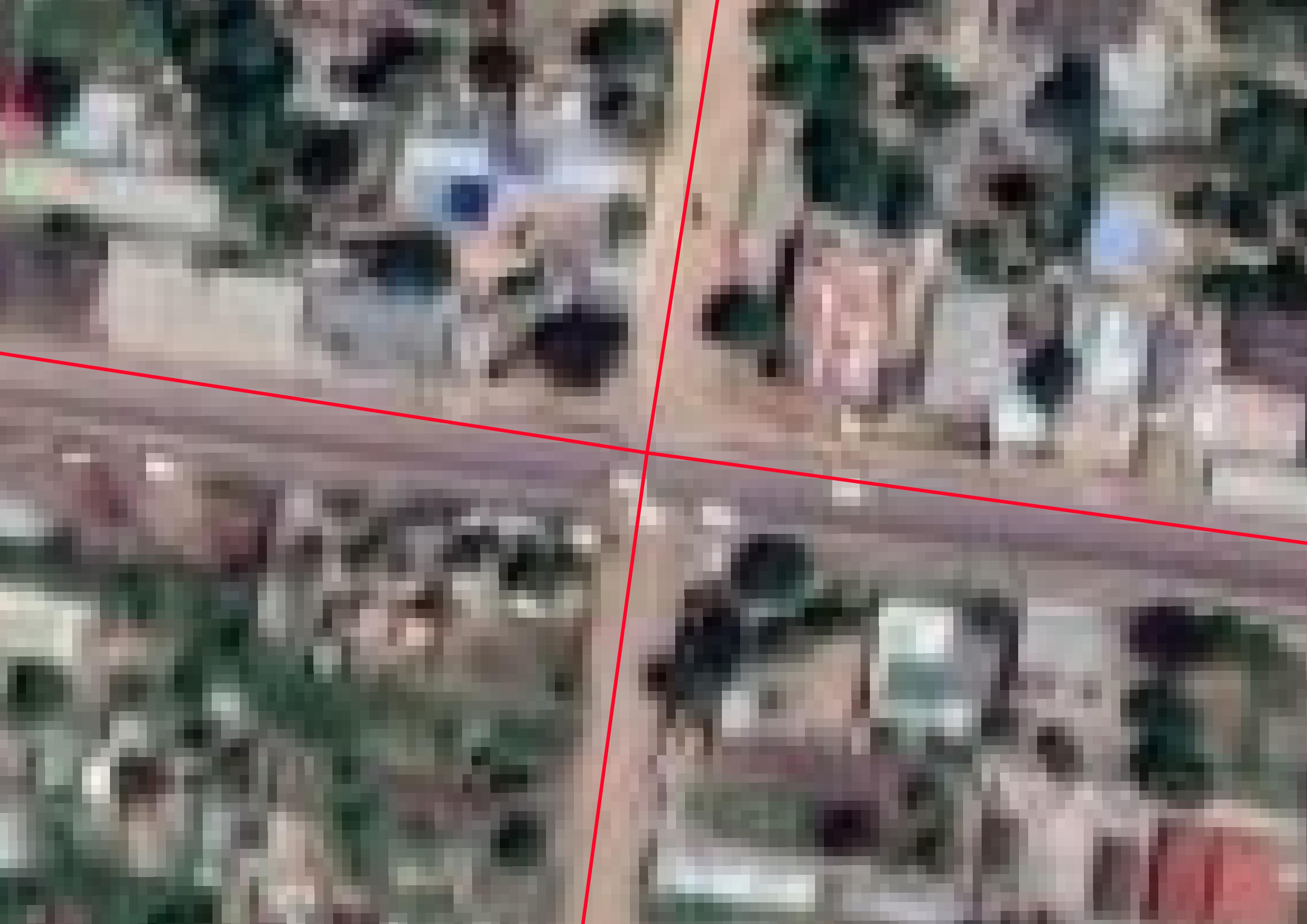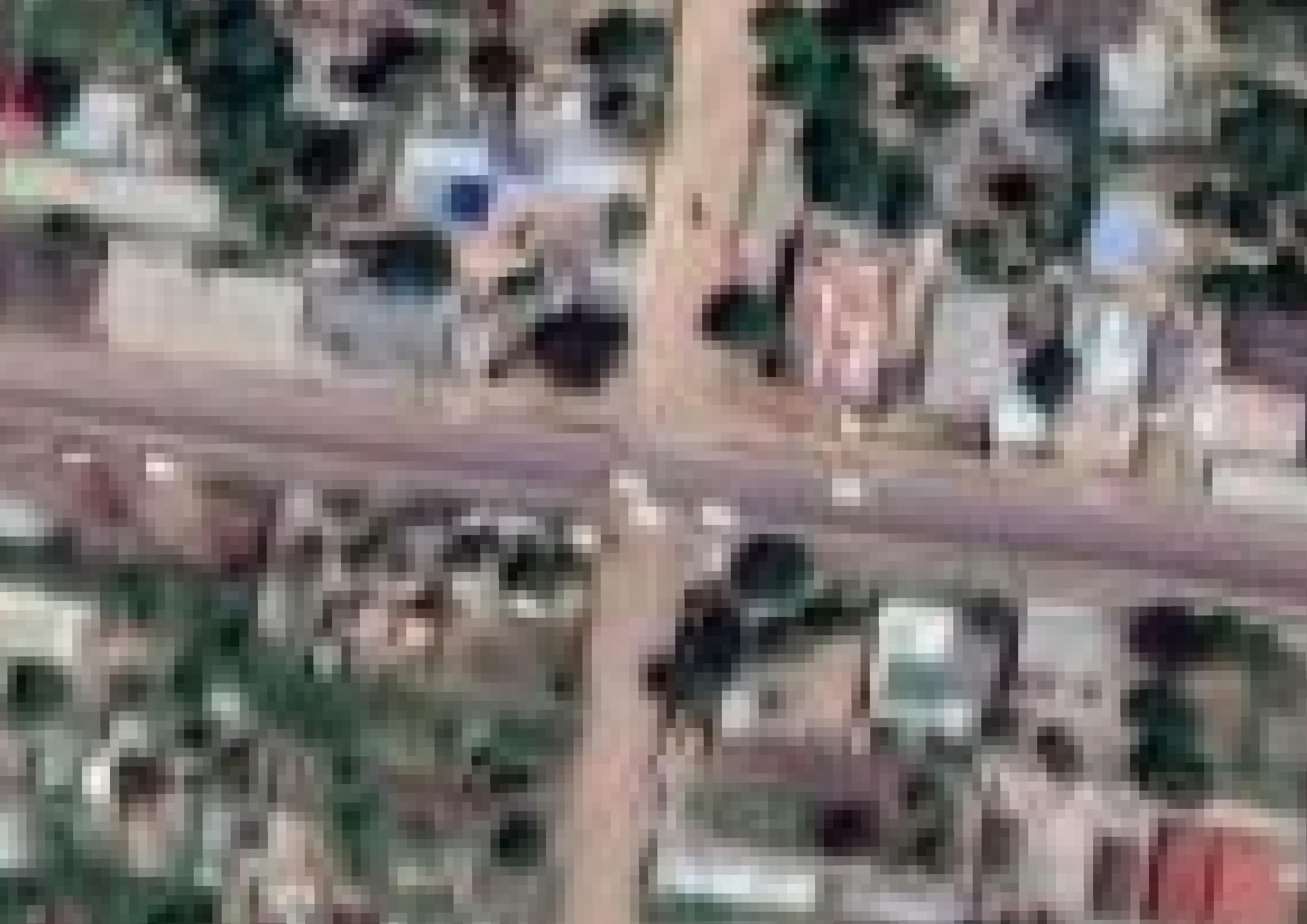Automatic Road Pavement Detection
In large African cities as Maputo, road conditions highly affect the mobility system, preventing some transportation means to access specific roads, discouraging rides along specific routes and flooding traffic along few highly-maintained corridors. Automatic road pavement detection consists in the development of a machine learning pipeline aimed at the classification of road surfaces, based on the colour of the pavement and its particular location. The results of this analysis can help decision making processes of sustainable investments for the maintenance of infrastructures and for the design of alternative traffic corridors.
Objectives
This section describes the set of algorithmic techniques tuned to solve the problem of automatic road pavement detection. Such algorithms are developed relying on open-source and free software to ensure that they can be used by the community at large.
Activities
Development of Data Transformation Scheme
In preprocessing phase, data are to be converted into a usable format. Conversion is ought to guarantee the integrity of the intermediate output. It is a crucial part of the project, as it defines the boundary of applicability of the methodology.
Construction, Training and Assessment of Algorithms
Construction of the algorithms. Machine learning techniques are employed to analyze the processed data. According to the best practices of machine learning, a pool of techniques is selected in a first stage. Quality is then assessed by running a benchmark test.

